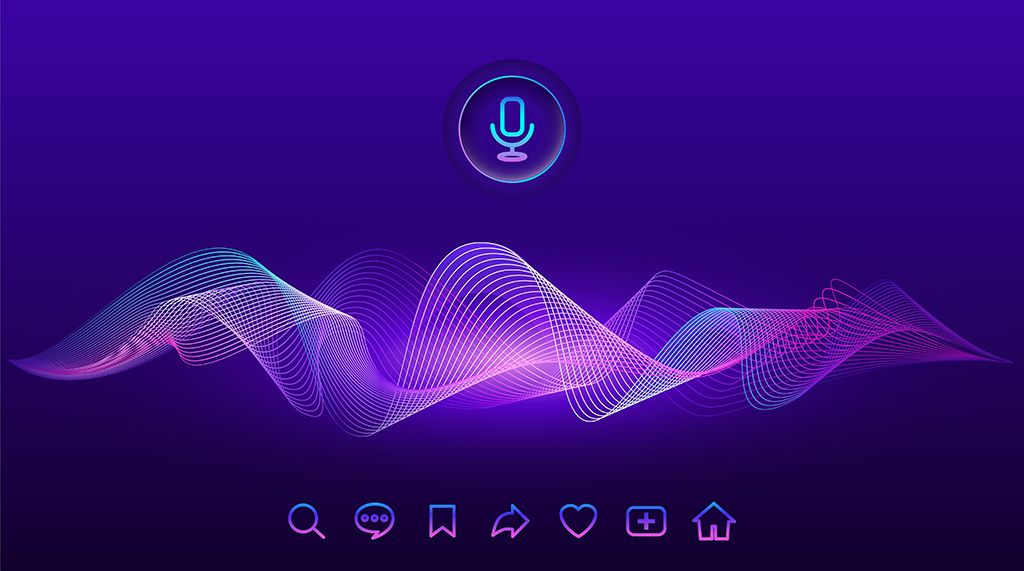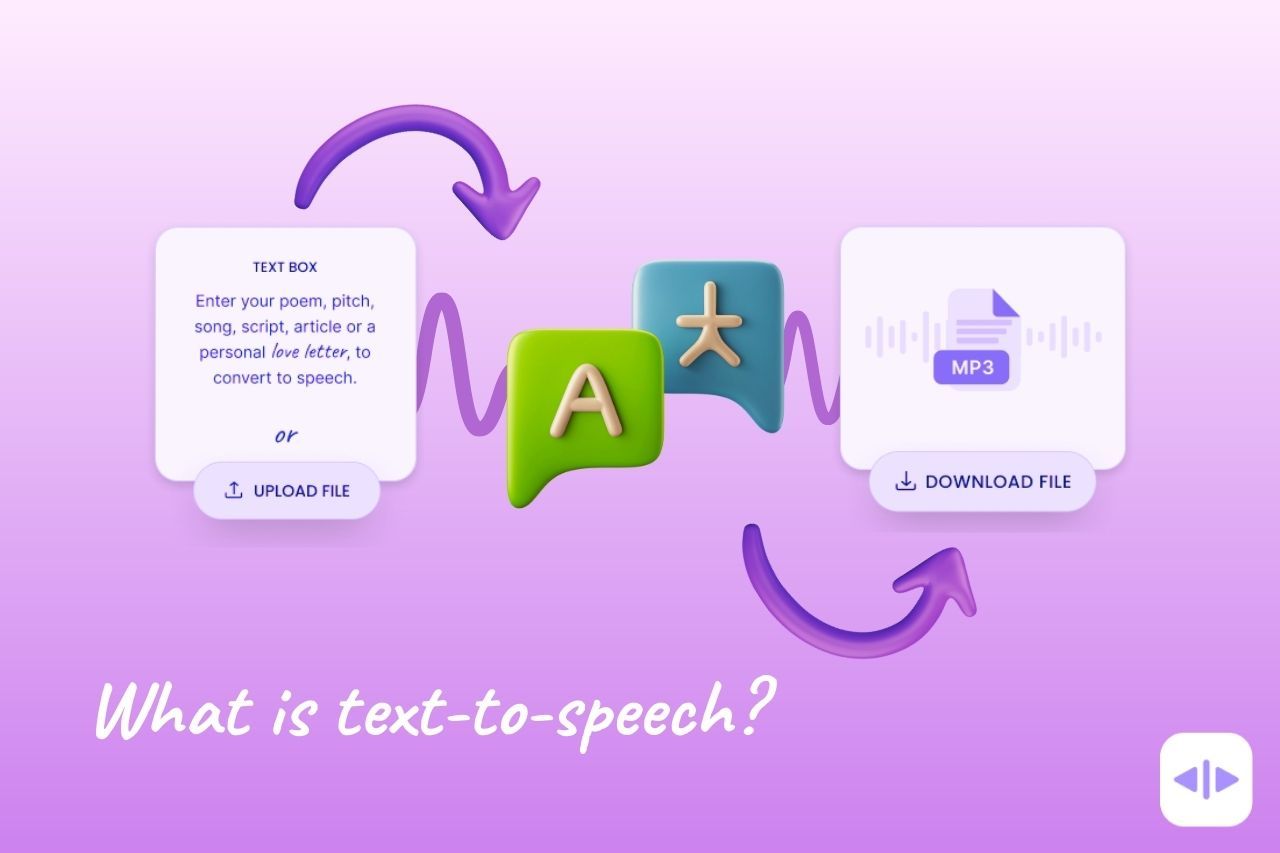Google's TTS AI: Elevating Speech Synthesis for Next-Gen Applications

Google's TTS AI: Elevating Speech Synthesis for Next-Gen Applications
Google's Text-to-Speech AI is reshaping the landscape of speech synthesis with its state-of-the-art API, ushering in a new era where text is seamlessly and naturally converted into speech. This technological leap brings with it an array of benefits, from enhanced user interfaces to enriched customer interactions, allowing for the creation of engaging digital experiences across numerous domains. The API's ability to personalize responses in real-time and in the user's preferred voice and language underscores its potential to revolutionize the way businesses and individuals interact with technology. These advancements signal Google's commitment to driving innovation within the field of artificial intelligence, pushing the boundaries of what's possible with automated voice generation.
With the introduction of such powerful TTS capabilities, software engineers and developers have a tool that not only meets the demands of today's digital audience but also supports the future of accessible and interactive technology. Whether it's assisting users through voice-guided navigation, providing educational content in audiobook format, or enabling immersive gaming experiences with dynamic character dialogue, Google's TTS AI stands as a pivotal component for developers. The API's accessibility and customization options allow for its adaptation to serve a variety of use cases, making it a versatile choice for professionals looking to integrate advanced audio solutions into their applications.
| Topics | Discussions |
|---|---|
| Google's Text-to-Speech API Overview | An exploration of Google's Text-to-Speech AI, highlighting how it integrates advanced AI technologies to transform text into natural-sounding speech. |
| Enhancing User Interactions through TTS AI | Delving into the ways that Google's TTS AI is used to improve customer interactions by providing intelligent and lifelike voice responses. |
| Personalized Voice User Interfaces | Examining how Google's TTS offers personalized voice user interfaces to enrich the device and application interactions. |
| Customizing TTS for Diverse Applications | Understanding how to customize Google's TTS to fit various applications by selecting preferred voice types and languages. |
| The Applied AI Summit | Overview of the Applied AI Summit event hosted by Google and its role in building AI application development skills. |
| In-Depth Look at Realistic TTS Voices | Analyzing Google's technology in creating the most realistic and convincing TTS voices for users. |
Google's Text-to-Speech API Overview
Google's Text-to-Speech (TTS) API stands at the forefront of computational linguistics and artificial intelligence (AI), providing developers with the tools to implement high-quality speech synthesis in their applications. To fully engage with the features and capabilities of Google's TTS technology, it's essential to become conversant with the fundamental terms that will be encountered. This glossary will serve as a valuable resource throughout your exploration and application of Google's TTS AI.
TTS (Text-to-Speech): The technology that turns textual content into synthesized spoken output.
API (Application Programming Interface): An intermediary that allows different software components to communicate with each other, crucial for adding TTS functionality to applications.
AI (Artificial Intelligence): The simulation of human intelligence in machines, enabling them to perform tasks that typically require human-like understanding and reasoning.
Neural Networks: Data processing paradigms that mimic the neural pathways of the human brain to recognize complex patterns and make decisions.
Natural Language Processing (NLP): A field of AI focused on the interaction between computers and human language, facilitating the understanding and processing of speech and text.
Synthesis: The process of combining individual sound elements to produce a complete audio output in TTS systems.
Customization: The ability to adjust TTS output to suit specific user preferences or requirements, such as selecting different voice types and modifying speech cadence.
Voice User Interfaces (VUI): User interfaces that enable interaction through voice rather than traditional input methods, enhanced by TTS technologies for more natural interaction.
Computational Linguistics: The study and application of computer science to analyze and process language, foundational to developing powerful TTS systems.
User Engagement: A measure of a user's interaction with technology, which can be amplified by the seamless integration of realistic-sounding TTS.

Enhancing User Interactions through TTS AI
Google's Text-to-Speech AI utilizes the company's advanced AI technologies to transform the written text into speech that is natural and easy to understand. New customers can engage with this innovative tool and explore its capabilities using a generous $300 credit offer, which is a significant incentive for adopting the service. Google's Text-to-Speech AI is expertly crafted to cater to various environments, significantly broadening the scope of applications where TTS can be effectively integrated. From mobile apps to web interfaces, the potential use cases of this service are extensive.
By focusing on user-centric features, Google's Text-to-Speech AI seeks to improve customer interactions with lifelike, intelligent voice responses. The intricate design of the API suggests it facilitates a high level of customization, allowing developers to tailor the voice characteristics to suit different preferences in terms of accent, language, and speech style. This ability to personalize voice and language plays a key role in enhancing the end-user experience, making the API a vital component in building attractive and functional voice user interfaces.
In addition, there is excitement around the upcoming Applied AI Summit scheduled for December 13, which Google has announced as a valuable resource for those looking to further their skills in AI application development. The event will not only share expertise but also promote Google's suite of AI tools. While specific details about the authors or affiliates are not mentioned in this brief, the summit is a clear indication of Google's dedication to empowering users through education and resource provision within the realm of AI development.
The Applied AI Summit
The Applied AI Summit, scheduled for December 13, serves as a platform for deepening understanding and enhancing skills within the realm of AI applications. This event aligns with Google's continued commitment to fostering an ecosystem where its powerful cloud-based Text-to-Speech services can be wielded to create innovative, responsive solutions. Those participating will be able to unlock new capabilities, learn about the latest trends, and potentially increase the quality of their AI-driven development projects.
Offering access to on-demand resources, this summit showcases Google's strategic approach to empowering developers, researchers, and tech professionals with knowledge and practical insights. The summit is likely to cover a broad spectrum of topics, including neural network training for TTS, the integration of AI in various industries, and advanced methodologies for building more human-like synthetic voices.
The emphasis on the use of TTS AI tools throughout this event underscores the value these technologies bring to spurring intelligence within applications. Through the summit, Google provides a pathway for those invested in AI innovation to expand their expertise and learn the intricacies of integrating state-of-the-art voice technology into their solutions, a step that speaks volumes about Google's dedication to driving the frontiers of AI learning and application.
Developing Applications with Google's TTS
Quickstart Guide to Google's TTS API
Developing applications with Google's TTS API offers a streamlined process for adding speech functionality. This API simplifies the conversion of text into natural-sounding speech using Google's renowned AI technologies. A quickstart guide for Google's TTS might include setting up the Google Cloud Platform project, enabling the TTS API, and installing the client library. Programmers can then use the following Python sample to get started:
import requests
response = requests.post(
'https://api.v6.unrealspeech.com/stream',
headers = {
'Authorization' : 'Bearer YOUR_API_KEY'
},
json = {
'Text': '''<YOUR_TEXT>''', # Up to 1,000 characters
'VoiceId': '<VOICE_ID>', # Scarlett, Dan, Liv, Will, Amy
'Bitrate': '192k', # 320k, 256k, 192k, ...
'Speed': '0', # -1.0 to 1.0
'Pitch': '1', # 0.5 to 1.5
'Codec': 'libmp3lame', # libmp3lame or pcm_mulaw
}
)
with open('audio.mp3', 'wb') as f:
f.write(response.content)This snippet demonstrates a basic request to synthesize speech from text and save it as an MP3 file. While using this API, developers must handle credentials securely and consider the cloud resource usage as per their Google Cloud plan.
Advanced TTS Customization Techniques
For an advanced customization of speech output, Google's TTS API provides a variety of options. Users can select different voices, including WaveNet voices, control parameters such as pitch, speed, and volume for a more tailored audio experience. Below is an example of how these parameters can be set in a Python script:
from google.cloud import texttospeech# Initialize the clientclient = texttospeech.TextToSpeechClient()# Prepare the requestinput_text = texttospeech.SynthesisInput(text="Your customizable text")voice_params = texttospeech.VoiceSelectionParams(language_code="en-US", name="en-US-Wavenet-D")audio_config = texttospeech.AudioConfig(audio_encoding=texttospeech.AudioEncoding.MP3, speaking_rate=1.2, pitch=5)# Execute the TTS requestresponse = client.synthesize_speech(input=input_text, voice=voice_params, audio_config=audio_config)# Handle saving the binary audio contentwith open("customized_speech.mp3", "wb") as audio_file:audio_file.write(response.audio_content)
This expanded example shows the use of a WaveNet voice and custom attributes to generate a more personalized speaking style. Appropriate choice of voice and settings can significantly enhance the user's auditory experience in applications.
Applications of TTS
Unreal Speech's text-to-speech synthesis API marks a substantial reduction in cost without compromising on quality, offering up to a 90% cut on traditional TTS services. Academic researchers can immensely benefit from this cost efficiency as it significantly lowers the entry barrier to high-quality TTS tools. This allows for more accessible experimentation with natural language processing and speech analysis within their research while adhering to strict budgetary limits.
Software engineers are provided with an agile and cost-effective API that's simple to incorporate into development cycles, optimizing operational budgets. The Unreal Speech API's flexibility in handling an extensive range of characters, with scalable plans, ensures smooth integration into large-scale projects that demand consistent voice output. For game developers, this can translate to creating more realistic and engaging in-game audio experiences at a competitive price.
Educators and content creators looking to implement TTS technology to enhance learning experiences will find the platform's volume discounts particularly advantageous. With its emphasis on delivering high-quality audio, even at higher volumes, Unreal Speech can support the proliferation of educational content across various mediums, from audiobooks to interactive learning modules. The API's easy-to-use interface ensures a quick setup, aiding educators in rapidly deploying TTS features to meet educational needs.
Common Questions Re: TTS AI
Unlocking the Potential of Neural TTS
Neural TTS leverages advanced neural network architectures to generate speech that closely mimics the nuances of human voices, providing a more natural listening experience compared to traditional TTS technologies.
Exploring Neural Networks in TTS
Neural networks in TTS systems analyze vast datasets of human speech to learn how to produce accurate and lifelike speech patterns, which is a significant step beyond the capabilities of older, rules-based synthesis methods.
In-Depth Look at Realistic TTS Voices
The most realistic TTS voices are now created using deep learning techniques that allow for subtle nuances in speech, such as intonation, pacing, and emotion, making the dialogue generated by AI more engaging and believable.